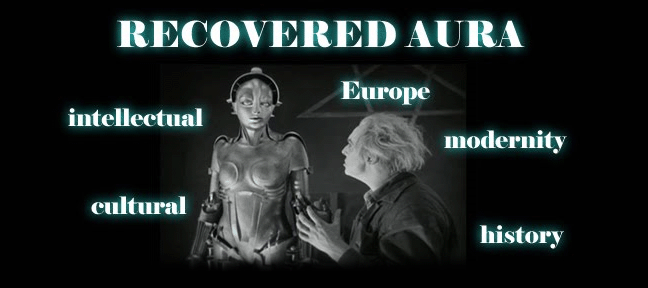1. Kandinsky describes two similarities of art today and past, the internal and external. Define and explain the two.
2. Why does Kandinsky believe music to be "the best teacher" in regards to it being able to express the inner self?
3. In his conclusion, Kandinsky states that from the proper use of the encroachment of the arts upon one another will arise the art that is truly monumental. What does this "truly monumental" art look like to you; what qualities do you think it will or should possess?
4. How do Kandinsky’s and Marinetti’s notions of “materialism” differ?
5. In what ways are museums graveyards, according to Marinetti? Do you agree?
6. Why does Marinetti consider aggression and violence to be of such crucial significance to Futurism?
7. What other past readings can we compare Marinetti to? (for example: Freud, Goethe...?)
8. How did the readings make you feel? Which emotions were you left with after each?
......
1. How does Kandinsky connect to other thinkers we’ve seen who are skeptical about positivism? What are his specific objections to “the nightmare of materialism”?
2. What does he seem to think that visual art should do now? On what basis is “good” art to be evaluated?
3. What, for Kandinsky, is the relationship between the arts and spirituality? After decades of growing secularism in Europe, is Kandinsky calling for a kind of religious revival?
4. What, for Kandinsky, is the social role of the painter (or other artist)?
5. What is actually taking place in the strange scene Marinetti describes at the outset of the Manifesto of Futurism? How does that relate to the themes and declarations that follow?
6. Describe the relationship, in the Manifesto, between technology and modernism in the arts. Marinetti clearly loves the material of technological change, but is he a materialist?
7. What do you make of Marinetti’s discussion of struggle, violence, and war? Does this seem in line with, or a strong departure from, other texts we’ve seen so far?
8. What, for Marinetti, is the social role of the painter (or other artist)?
9. Contrast Kandinsky and Marinetti’s pieces. Both are crucial figures in modernist art, but they do seem rather different. Highlight and examine at least one such difference, or, on the other hand, one point they seem to have in common.

No comments:
Post a Comment